Search results (244)
Skip results of view Data stories
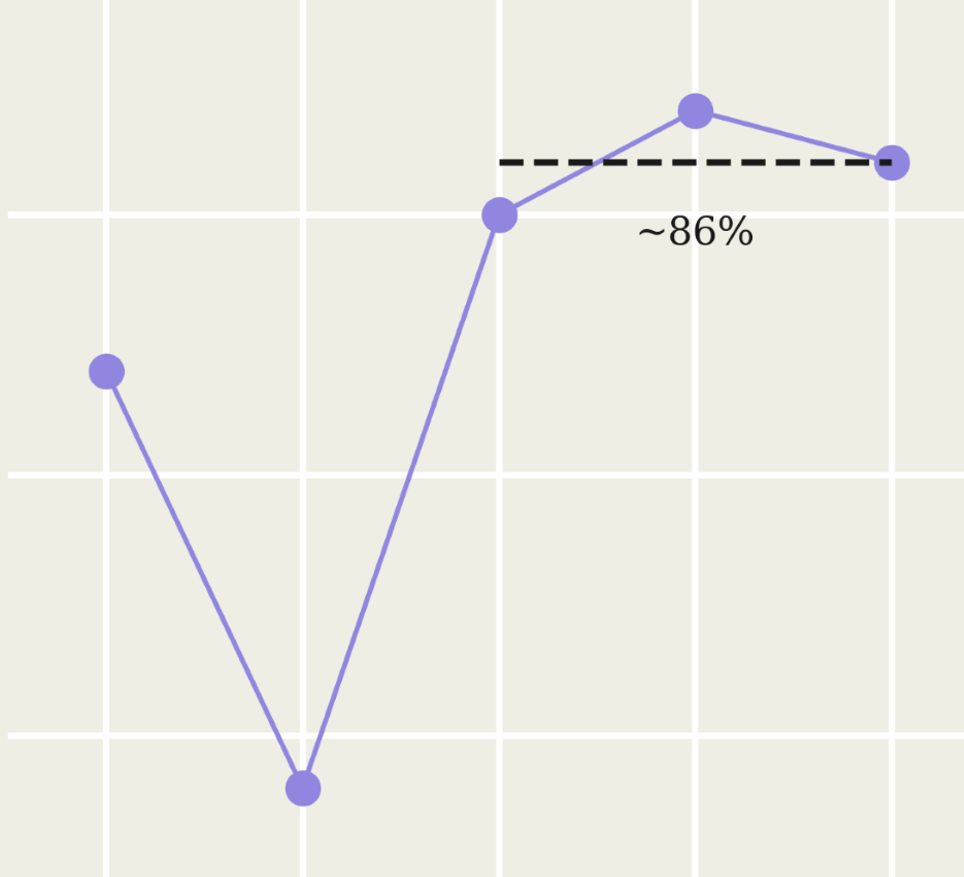
Open Data Maturity Report 2022: Countries’ perspectives on their open data policy
The Open Data Maturity (ODM) report provides an overview of the progress achieved by European countries as they push forward in creating the necessary conditions to make the most of open data. The concept of open data maturity in Europe is considered against four dimensions: quality, portal, policy, and impact. The European Union formulated its European data strategy to create a single market for data to ensure global competitiveness and allow data to flow freely within the EU. At the same time, the European data strategy aims to empower the society with data while ensuring that European rules

Open data as an enabler to regional development and better cohesion in Europe
The European Union’s cohesion policy helps regional and local communities improve the quality of life of its citizens. Creating jobs, having competitive businesses, fostering economic growth, and developing sustainably are all targets supported by the EU’s cohesion policy. But what can be done to help ensure there are no gaps between countries and between different areas and regions in the same country? Initiatives powered by open data can help regions reach their full potential, benefiting the region and the overall living standards and prosperity in the EU. How does this look in practice
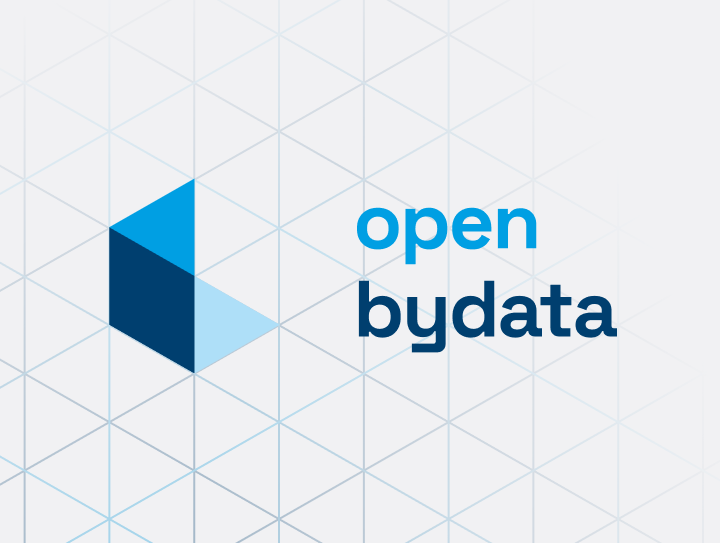
Bavaria goes ‘open bydata’ with a new open data portal
Bavaria, the German state best known for ‘laptops and lederhosen’, makes open data a priority. With its new Digital Plan, the State Ministry for Digital Affairs aims to motivate Bavarian public administrations to share their open data and thus increase transparency and foster open data reuse. To achieve this aim, it is developing, together with a specialised open data team, a new state-of-the-art open data portal. In May 2023, the team launched the first version of the new portal. Now, with the second version that brands the portal as ‘open bydata’, Bavaria wants to make open data even more of
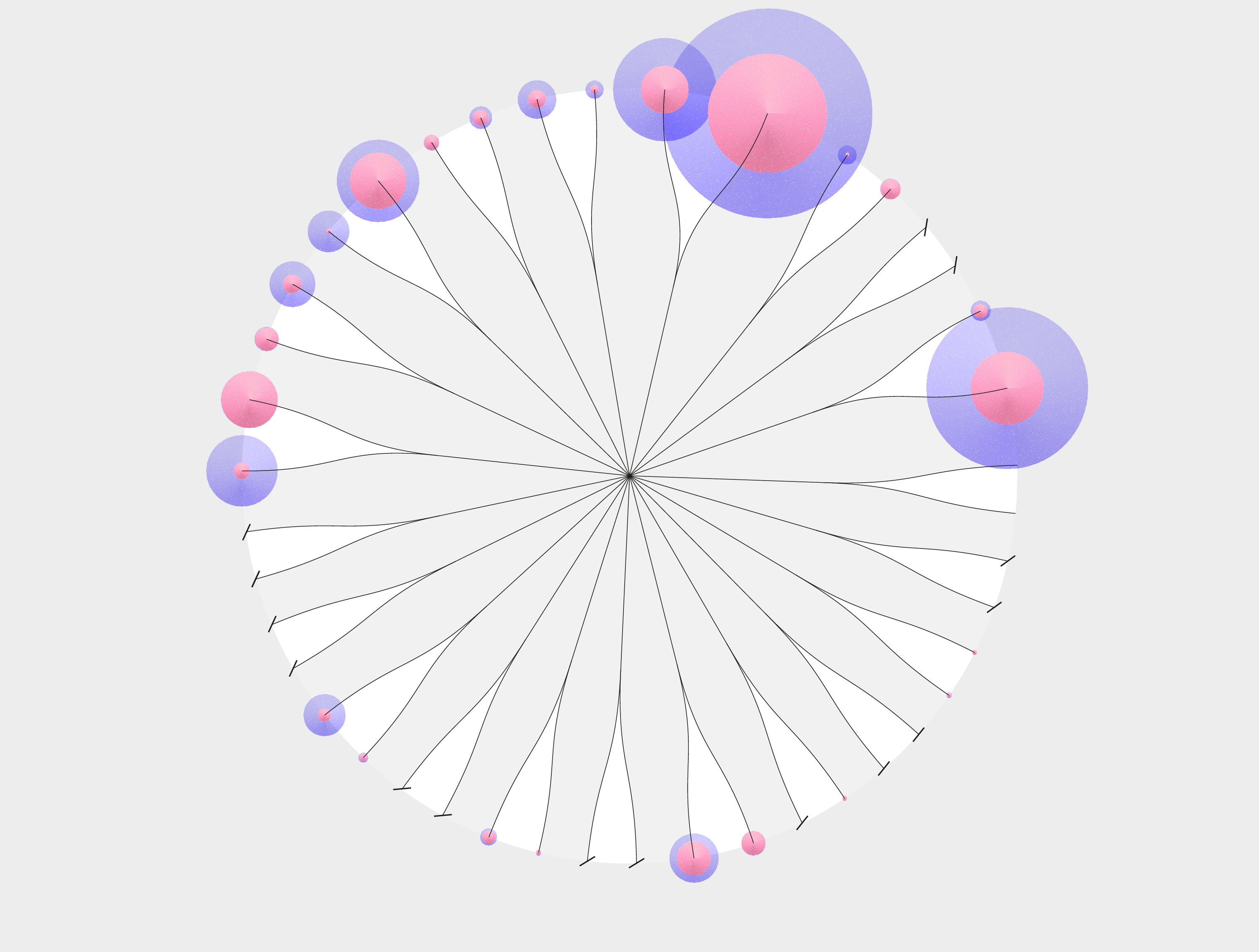
Open data to track progress in the EU’s recycling targets
Recycling is a key element of the European Union’s waste management policy. It aims to contribute to the realisation of a circular economy that maximises the extraction of high-quality resources from waste. The European Green Deal , which serves as the blueprint for a modern, resource-efficient and competitive economy, prioritises the transition towards sustainable practices. In pursuit of this goal, the waste framework directive serves as the primary legal framework for waste treatment and management in the EU. At the heart of EU waste management lies the waste hierarchy, consisting of five
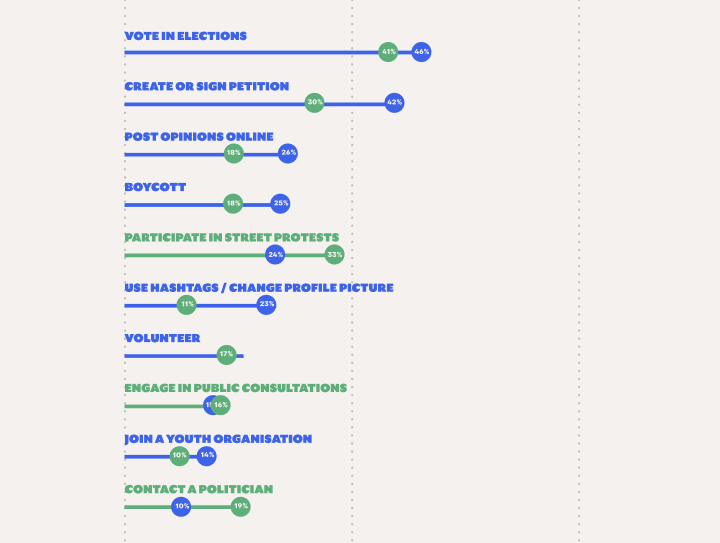
Understanding youth engagement in Europe through open data
European democracy is strengthened when citizens actively participate in political and civic life. The active involvement of Europe’s young citizens is especially important since the attitudes and opinions of young people foreshadow future trends and developments in society. But how are young people in Europe participating? Are they engaged in civil society? Data can be an essential element to understand what young people care about and how they are involved. International Youth Day took place on12 August, as an opportunity for governments to draw attention to youth issues worldwide. Following
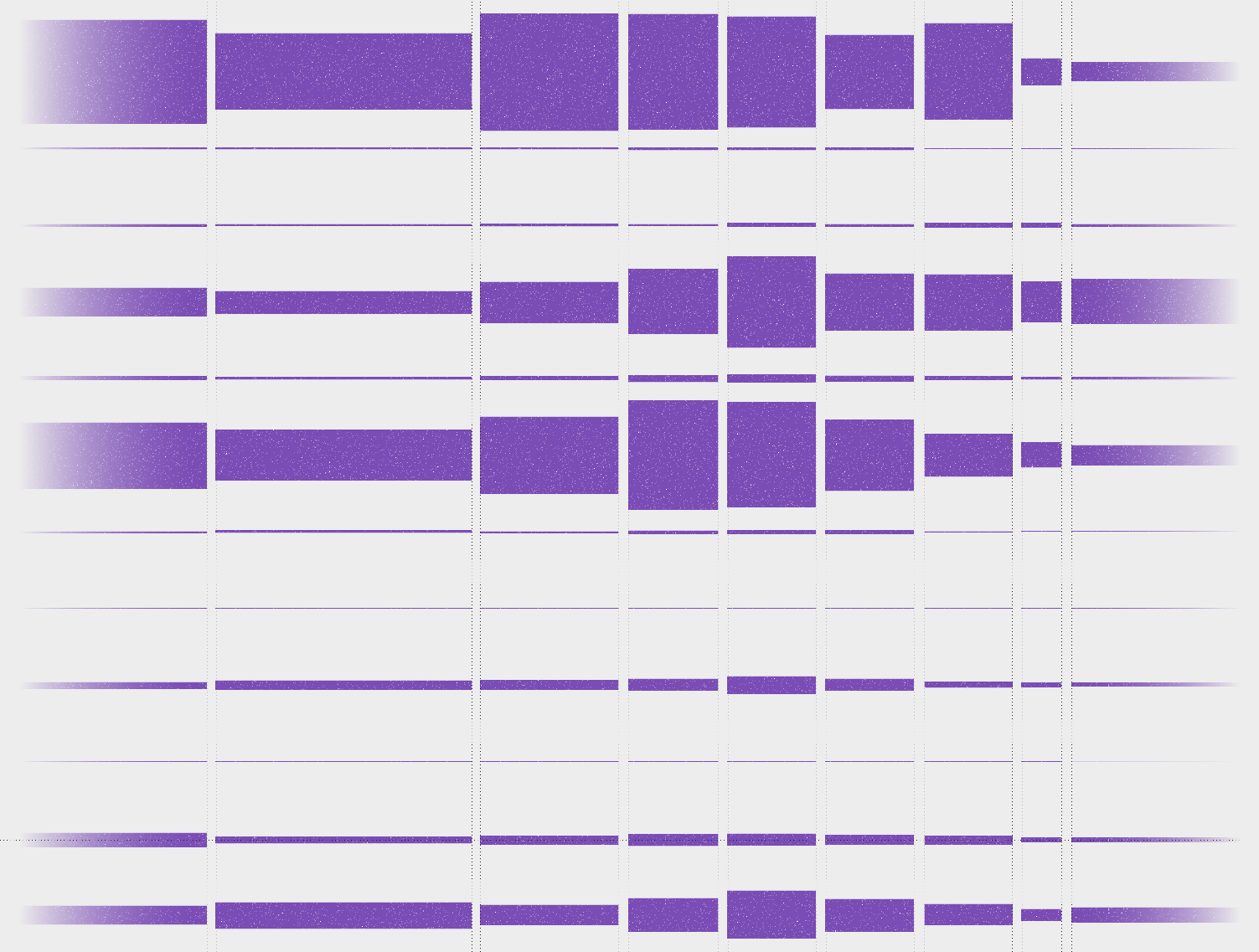
High-value datasets – building data in EU Member States
This is part of a series of articles showcasing examples of high-value datasets from different thematic categories. High-value datasets are defined by EU law based on their potential to provide essential benefits to society, the environment and the economy. This series aims to help readers find reliable and accurate information from official sources relating to the availability of various high-value datasets, and to present this information through data visualisation. You can check out the article providing an overview of high-value datasets here . Only datasets specifically defined by law can
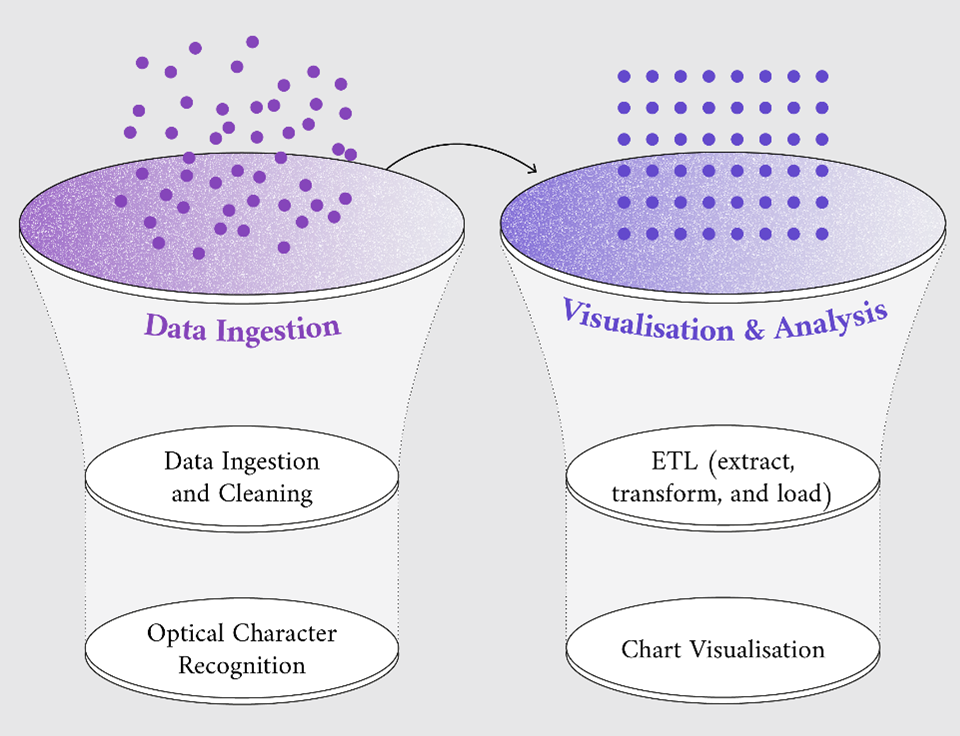
How the EU supports the public sector in overcoming data challenges
If you are a devoted reader of the data.europa.eu data stories, you have likely come across numerous inspiring examples of open data reuse. Each story illustrates what can be achieved by the best data science practices, by the amazing tools available to us today, and by incredibly effective and beautiful visualisations. Maybe you were also wondering how to create such visualisations yourself and develop these skills. For your data literacy and skills, you may already know about the significant effort data.europa.eu puts into curating the data.europa academy. But what about the tools
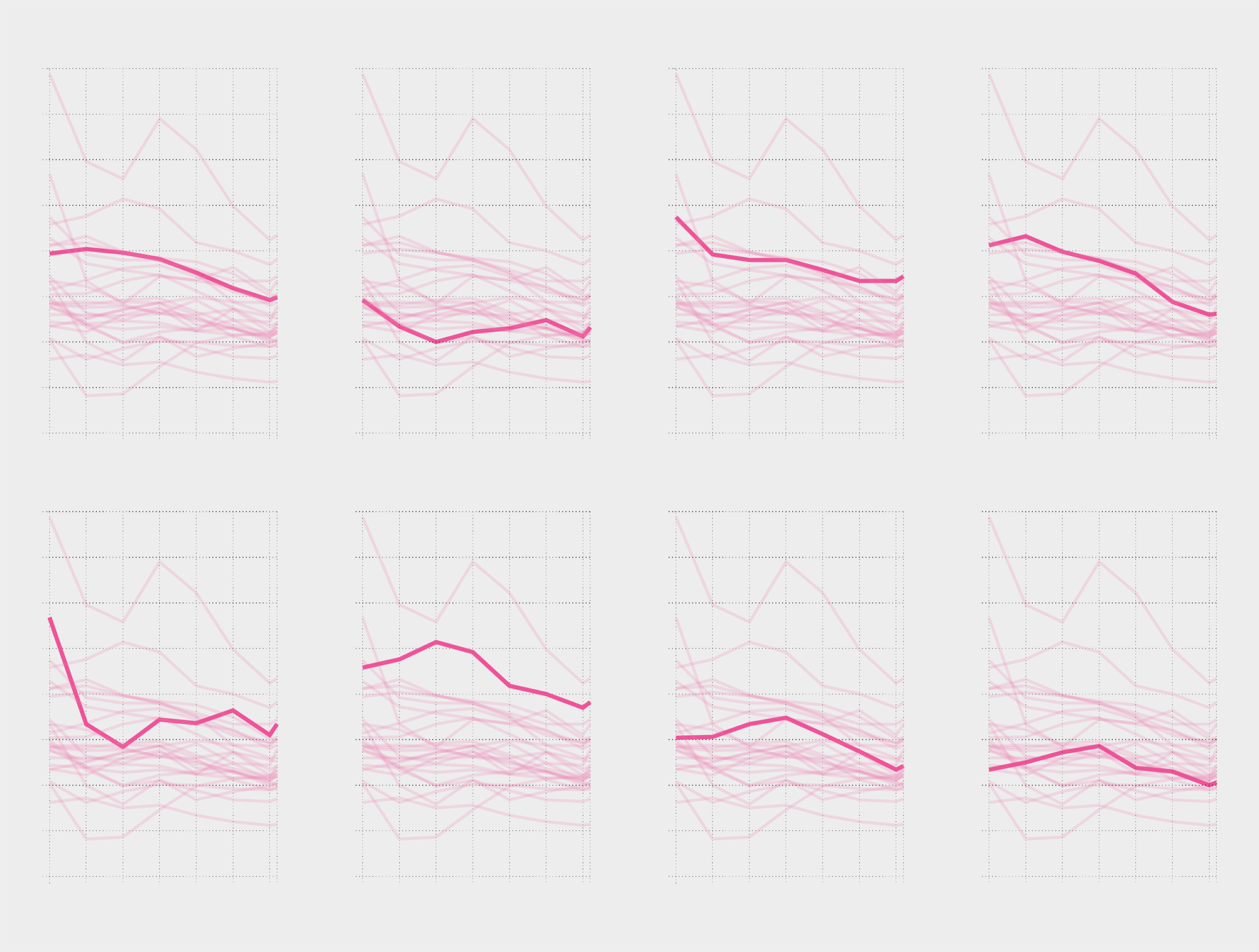
High-value datasets – greenhouse gas emissions in the EU
This is part of a series of articles showcasing examples of high-value datasets from their different thematic categories. High-value datasets are defined by EU law based on their potential to provide essential benefits to society, the environment and the economy. This series aims to help readers find reliable and accurate information from official sources relating to the availability of various high-value datasets, and to present this information through data visualisation. You can check out the article providing an overview of high-value datasets here. Only datasets specifically defined by
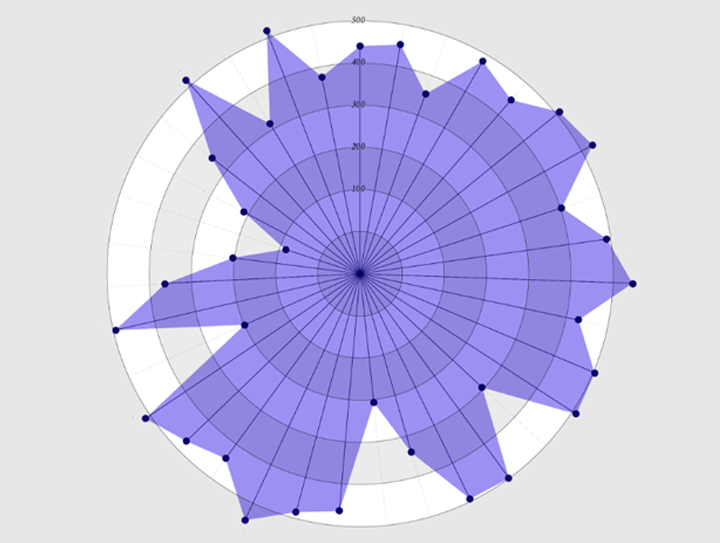
Open Data Maturity Report 2022: Countries’ perspectives on their open data portals
Introduction The Open Data Maturity (ODM) report provides an overview of the progress achieved by European countries as they push forward in creating the necessary conditions to make the most of open data. The concept of open data maturity in Europe is considered against four dimensions: quality, portal, policy, and impact. Open data portals are platforms that facilitate data access and reuse. These portals are the gateways for users to turn data into action. Improving the user experience on these portals is therefore key to encouraging data reuse and unlocking the potential of open data. This
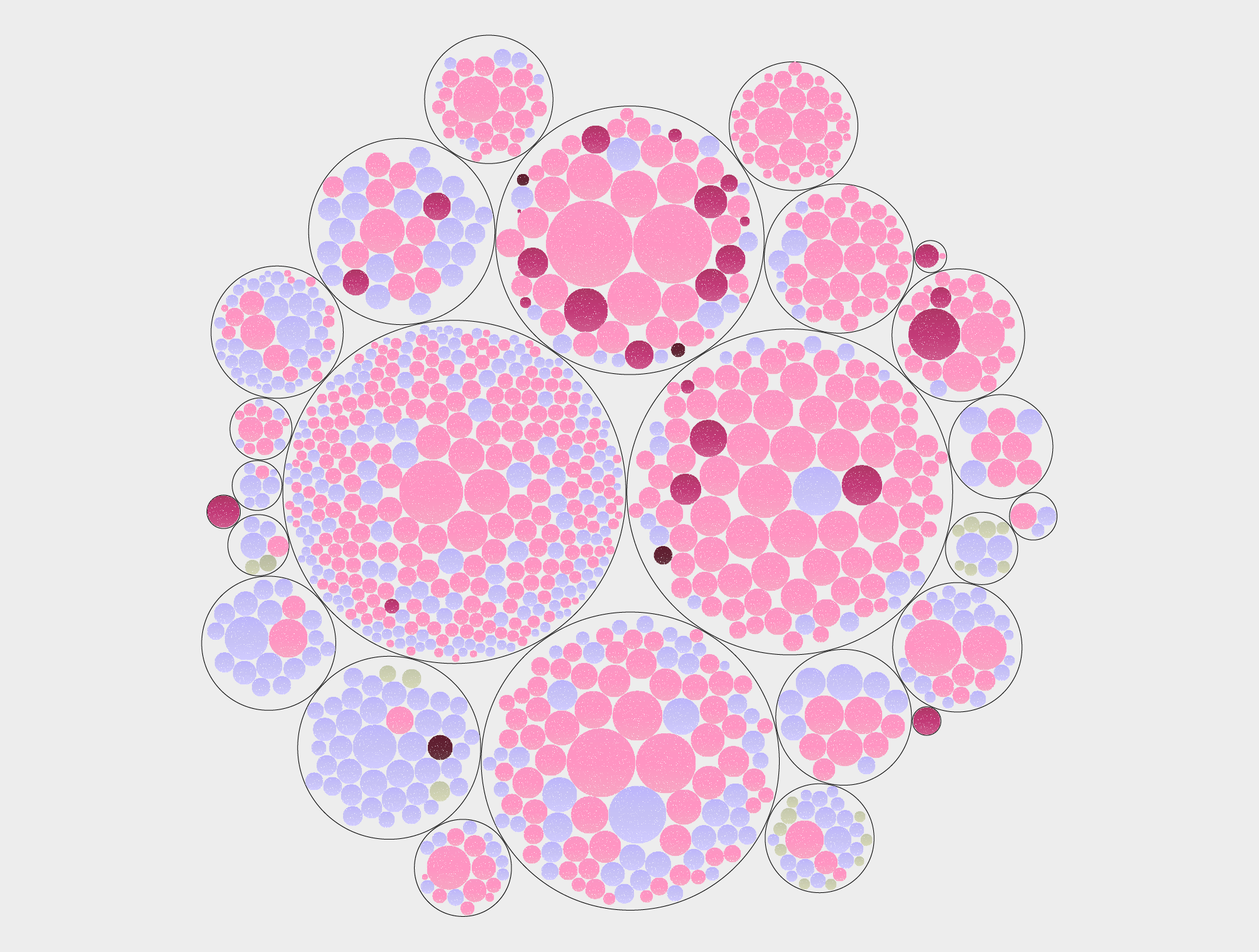
High-value datasets – demography in the EU
This is part of a series of articles showcasing examples of high-value datasets from their different thematic categories. High-value datasets are defined by EU law based on their potential to provide essential benefits to society, the environment and the economy. This series aims to help readers find reliable and accurate information from official sources relating to the availability of various high-value datasets and to present this information through data visualisation. You can see the article providing an overview of high-value datasets here. Only datasets specifically defined by law can
